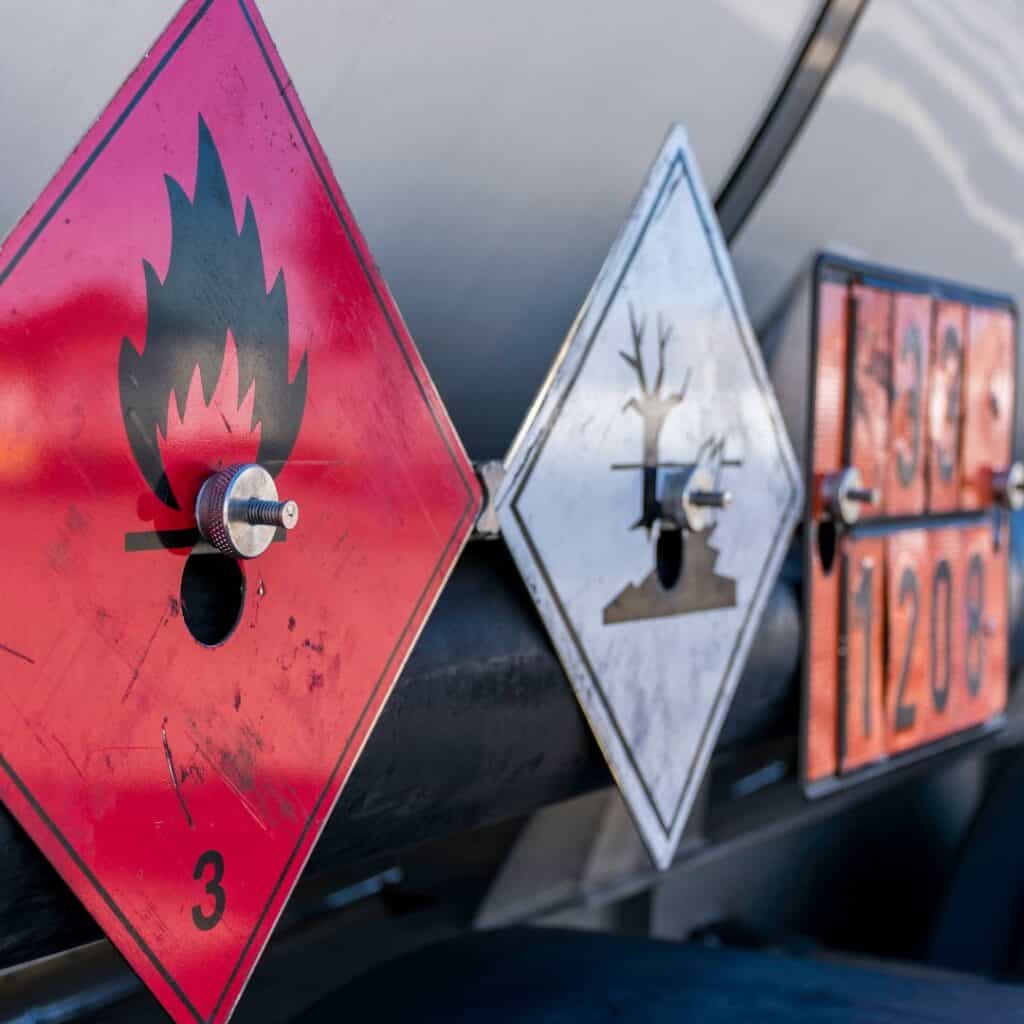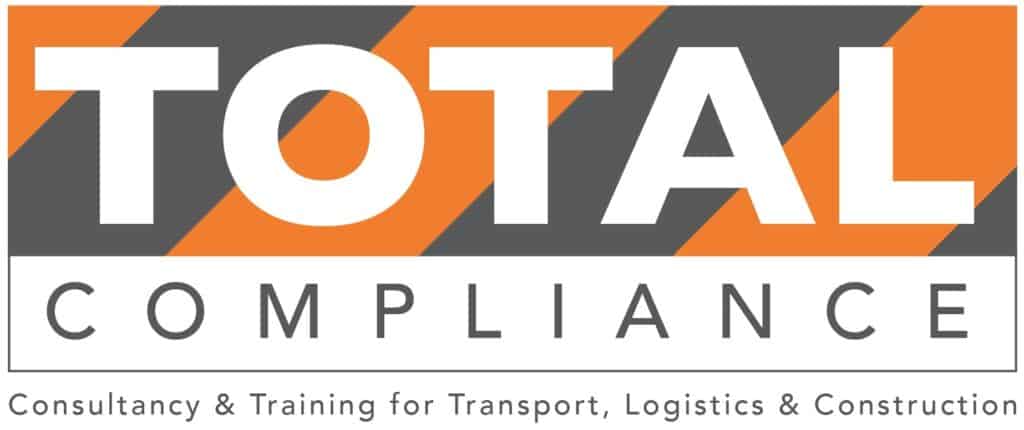

What Are Dangerous Goods Classes and Packing Groups?
The transportation of hazardous substances is a complex and potentially dangerous process, and understanding the proper methods for packing and shipping these materials can be the difference between life and death.
Have you ever wondered what dangerous goods classes and packing groups are? In this article, we’ll discuss the importance of following the regulations set forth by ADR (the European Agreement Concerning the International Carriage of Dangerous Goods by Road) when transporting hazardous substances.
We’ll also cover topics such as what packing classes are available, and how to safely transport limited quantities. So grab your hard hat, let's dive into this exciting world of dangerous goods!
Dangerous goods classes
Dangerous goods classes are used to ensure the safe transport of hazardous substances and materials. The European Agreement Concerning the International Carriage of Dangerous Goods by Road (ADR) sets forth regulations that must be followed when shipping these materials.
Dangerous Goods Classes refer to a classification system used to categorize hazardous materials based on their potential risks and hazards. There are nine classes of dangerous goods, each with its own specific characteristics, properties, and safety requirements. These classes are:
- Class 1: Explosives
- Class 2: Gases
- Class 3: Flammable liquids
- Class 4: Flammable solids
- Class 5: Oxidizing substances and organic peroxides
- Class 6: Toxic and infectious substances
- Class 7: Radioactive materials
- Class 8: Corrosives
- Class 9: Miscellaneous dangerous goods
These classes are further divided into Packing Groups, which are a classification system used to categorize hazardous materials based on their level of danger and the degree of risk they pose during transportation. There are three packing groups, each with its own set of requirements and restrictions:
- Packing Group I: High danger
- Packing Group II: Medium danger
- Packing Group III: Low danger
Dangerous Goods Packing Groups
Dangerous Goods Packing Groups are an integral part of the ADR regulations to ensure dangerous goods are shipped safely.
Packing group I (X)
Packing group I (X) is the strongest type of packing for very dangerous goods. It must be able to pass a drop test from 1.8 m to ensure it will be secure and not open during shipment. This type of packing is often required for substances such as cyanide, infectious materials, toxic chemicals, and explosives which can all potentially harm people if they are released in large enough quantities. Protective measures are essential as it is better to prevent any harm or damage than have to deal with a potential issue.
The bulky protection that comes with this kind of packing also helps guard against any tampering that could lead to possible contamination or disasters such as fire and explosion.
Packing group II (Y)
Packing Group II (Y) is considered medium danger and requires packing that can withstand a drop test from 1.2 metres. This group encompasses flammable liquids, corrosive substances, combustible substances, hazardous properties of a substance liable to cause harm when in contact with water, organic peroxides, self-reactive substances, toxic substances, and radioactive materials. Packages containing these dangerous goods must be labelled and marked with the UN number followed by the name of the substance. Additionally, absorbent material may be used as an inner package or packing aid to ensure that any liquid or solid leakage is retained within the package.
Bulk containers such as tanks and freight containers are also subject to these regulations and must comply with additional requirements such as ensuring adequate protection against impacts or contact with water emit sparks or flames. Clinical waste is also considered a member of this group due to its hazardous properties.
Packing group III (Z)
Packing group III (Z) is specifically designed to transport and store dangerous goods such as flammable fluids or batteries. The packing material must pass a drop test from 0.8 m in order for it to be considered suitable for the intended purpose. This type of packing must also have strength enough to support the weight and contents of the package, which is dependent on the mode of transportation. Its construction needs to be secure enough so that no items can move freely inside or damage against external impacts during transport.
The material used in packing group III should also provide protection against vandalism while being carried along on the road. It should also protect against fire and any other kind of damage that may occur due to external impacts or sources.
It is important to note that not all materials are assigned a packing group. Some materials are exempt from this classification system, such as those that pose minimal risk or those that are not hazardous in small (limited) quantities.
What are Limited Quantities?
Limited Quantities (LQs) refers to dangerous goods which are shipped in small containers that are packed into boxes or shrink-wrapped trays. These smaller quantities of hazardous materials pose less of a risk than when they are transported in larger volumes and certain regulations do not apply. However, the packages must be identified by a Limited Quantity Label.
The size of the inner receptacle and the total weight of the complete package decide whether a hazardous material may be shipped as an LQ. In addition, different limits also exist for UN numbers while road (ADR) and sea (IMDG) transport prohibit all Packing Group I dangerous goods as LQs; only smaller quantities of Packing Groups II and III material can usually be sent as LQs. Transport by air (IATA) further restricts Limited Quantities to only certain classes and divisions in Packing Groups II and III, and even prohibits certain substances within those classes and divisions.
It is essential to consult with a Dangerous Goods Safety Adviser before shipping any dangerous goods to ensure that all necessary guidelines have been followed for safe transport.
More Information:
If you would like more information regarding the safe packing and transportation of dangerous or hazardous goods, get in touch with Total Compliance today on: 0345 9001312, or complete our enquiry form and one of the team will get back to you.
Related articles:
Carriage of Dangerous Goods Manual - Classification
Shipping dangerous goods: Dangerous goods classes - GOV.UK
